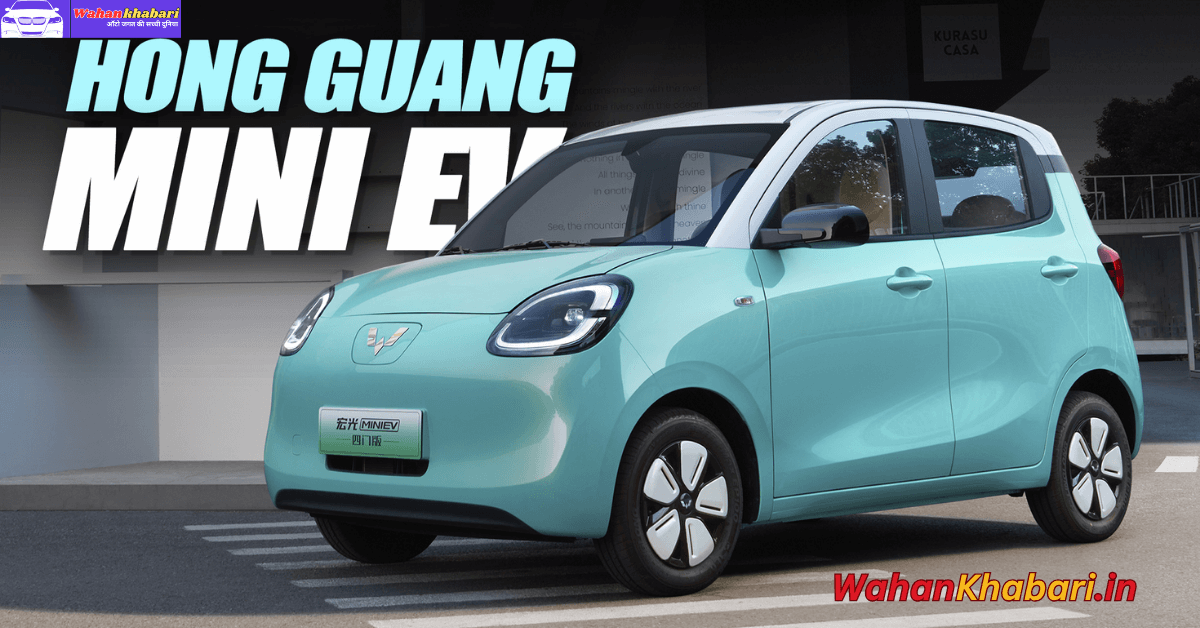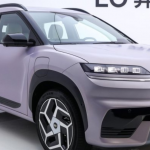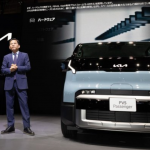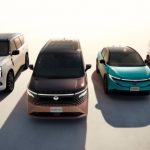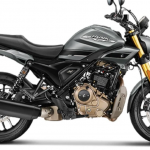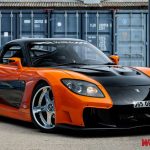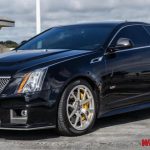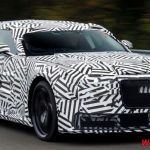The Wuling Hongguang Mini EV isn’t just a tiny electric vehicle—it’s a log-driving phenomenon, redefining urban transport in China and beyond since its launch in 2020. Here’s a deep dive into why this micro-EV has captured hearts, dominated sales charts, and sparked a reinvention in budget electric mobility.
1. 🚘 Origins: A $4K Micro-EV That Took China by Storm
Launched by the SAIC-GM-Wuling joint venture, the Mini EV stunned the automotive world with its price tag of just around $4,200–$5,000 (¥33,000–¥35,000), making EV ownership accessible to an astounding number of first-time buyers.
Despite its low cost, the Mini EV combined simplicity with utility. Reviews noted the use of consumer-grade parts, which kept prices down and repairs affordable. Its compact dimensions—just over 3 meters long—ensured perfect city maneuverability.
2. Phenomenal Sales & Cultural Impact
- By early 2025, cumulative sales topped 1.5 million units, making it the world’s best-selling mini‑EV, with one sold every 90 seconds on average.
- In February 2025 alone, over 31,200 units moved off showrooms, leading the hatchback class.
Its popularity has paralleled Japan’s kei‑car culture, inspiring a dedicated owner community and copycat designs like the Chery QQ Ice Cream and Geely Panda Mini. It’s become both a practical tool and a cultural icon.
3. From Basic to Brilliant: Enter the Next‑Gen Model
Initially offered with a 17 kWh battery and 120–170 km CLTC range, the Mini EV was barebones: no fast charging, minimal infotainment, and few safety features.
Responding to rising competition, Wuling redesigned the vehicle in late 2024–early 2025:
- New Tianyu‑S platform, reshaped front fascia, and a more rounded, friendly design inspired by its Bingo sibling.
- A five‑door hatchback option adds rear-passenger doors and a proper trunk for better utility.
- Stretched dimensions: 3,256 × 1,510 × 1,578 mm with a wheelbase of 2,190 mm (up from 3,064/1,493/1,614 mm and 2,010 mm).
- 205 km CLTC range from a 16.2 kWh LFP pack, powered by a 30 kW rear motor delivering 40 hp; top speed remains 100 km/h.
4. New‑Gen Features: Safety, Comfort & Tech
The updated Mini EV delivers surprisingly rich features for its size and price:
- Battery & Charging: LFP chemistry supports fast charging (30→80 % in ~35 min with 20 kW DC) alongside standard 220 V home charging.
- Safety Upgrades: 67 % high‑strength steel body, dual airbags, ABS+EBD, tire‑pressure monitors, ESC stability control, and pedestrian alerts.
- Exterior Tweaks: Cute oval headlights, friendly ‘smiley’ bumper, dual‑tone 13‑inch wheels, and fresh color options like Bubble Green, Puffed Blue, and Sweet Coffee—all with a premium seven‑layer paint finish.
- Interior Refinements:
- 8″ floating infotainment touchscreen + 7″ LCD instrument panel
- Caramel‑cream theme with round air vents and retro-control knobs
- 19 onboard storage spots and 123 L trunk space, expandable to 745 L with seats down
- Convenience & Connectivity:
- Electronic parking brake with auto‑hold
- Keyless entry, remote start, app-based charging/control, reverse camera & radar, dual speakers
These add-ons elevate it from basic runabout to a viable daily driver with charm, character, and affordability.
5. Pricing & Value Proposition
At launch (Feb 2025), the four/five‑door Mini EV was priced:
- Advanced: ¥44,800 (~USD 6,200)
- Premium: ¥49,800 (~USD 6,900)
- Premium+: ¥50,800 (~USD 7,000)
For this price, buyers receive a full EV with fast charging, safety hardware, connectivity, and aesthetic appeal—a value pack often missing even at double the price.
6. Marketplace & Future Outlook
- The Mini EV spurred a wave of similar micro‑EVs: BYD Seagull, Nissan Sakura, Citroën Ami have found niche success—but pricing remains higher (~USD 11K for Seagull).
- Despite its dominance in China, the car isn’t yet legally available in markets like the US due to import tariffs and regulations. Still, Chinese EV makers (BYD, Geely, Wuling) are eyeing global expansion.
- The Mini EV’s low running costs, compact footprint, and rapidly improving feature list could make it a game-changer for urban EVs, especially in developing regions.
7. The Cute Car That Means Business
What began as a stripped-down, city-only EV has matured into a feature-rich, functional, and fashionable solution. The next-gen Wuling Mini EV delivers:
| Before (2020) | After (2025 Update) |
|---|---|
| ~17 kWh battery, 120–170 km | 16.2 kWh LFP, 205 km range, fast charging |
| Bare interior, minimal safety | LCD screen, infotainment, dual airbags |
| 3-door hatch, negligible trunk | 5-door option & 123 L expanding to 745 L |
| No ESC or stability systems | ABS, ESC, radar, app support |
| Basic paint choices | Premium 7-layer colors, dual-tone roofs |
It’s gone from novelty to mainstream, without leaving behind its cute, friendly charm.
8. Final Thoughts
The Wuling Hongguang Mini EV embodies a powerful concept: affordable, accessible electrification. Its transformation into a mid‑feature, compact EV at just $6–7K redefines expectations for entry-level EVs. Whether for econ-focused urbanites, eco-conscious families, or youth adopters, it offers genuine value.
As Chinese automakers like Wuling explore markets beyond their border, the Mini EV illustrates how small, smart EVs can drive big change in global mobility—starting at the city block.
🚀 What’s Next for Mini EV Owners?
- Expect evolving trims, aesthetic refreshes, and possibly export versions tailored for Europe and Southeast Asia.
- The convertible “Cabrio” concept and Macaron editions already hint at more playful offshoots.
- Continued community tuning, aftermarket mods, and influencer-driven spotlight will keep the cult alive.

Hello, my name is Muskan Kumari and I am an experienced Digital Marketer. I have been blogging for the last 3 years and I have special interest in SEO. Here I give you easy bikes and writes easy-to-understand reviews and news about the latest bikes, helping readers choose the best options.. My aim is to always provide you with accurate, new and useful information.
